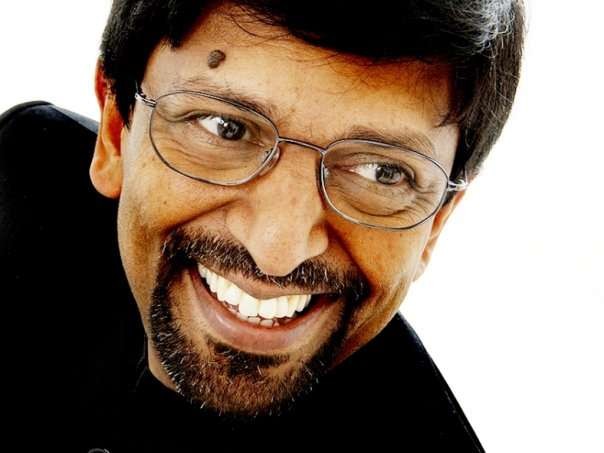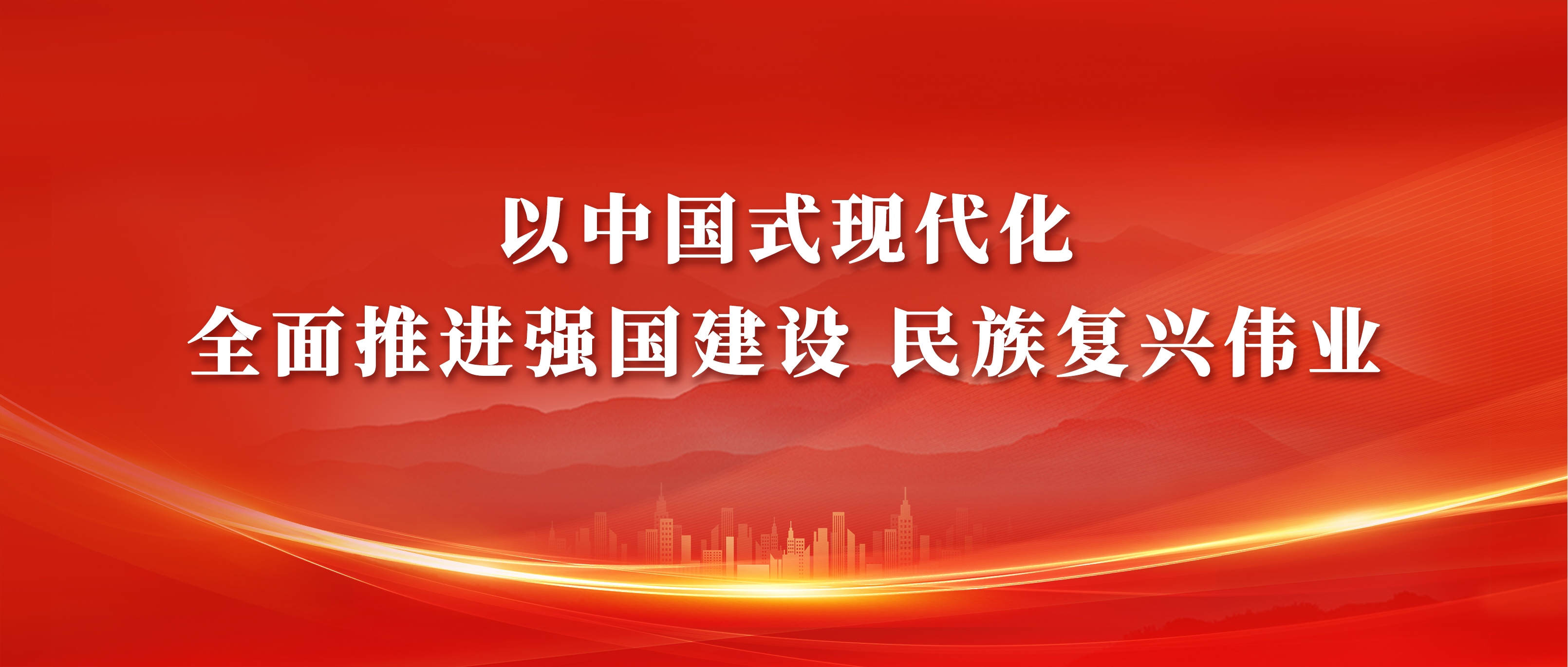主讲人 : Prof. Paliakarakadu Assen Muhamed Basheer
Cembureau reported that the cement production has increased ten times during the past few decades and is expected to increase exponentially in the coming decades. Therefore, the CO2 emissions from cement production is expected to increase significantly from the current value of 7% of global CO2 emissions. Construction industry has implemented the strategy of partial replacement of Portland cement (PC) with supplementary cementitious materials for improving both the performance as well as the carbon footprint, but this is not sufficient to meet the target of net-zero emissions by 2050. Therefore, exploring carbon capture and storage in concrete through carbon sequestration is tried recently. Existing methods are reported to capture ≈1% CO2 by weight of binder (bwob), which is significantly lower than the true potential of any binder system. Therefore, new strategies are required, one of which is the addition of dry ice during mixing of concrete. This paper explores the possibility of sequestering large quantity of CO2 (say 10% bwob) in concrete by estimating appropriate time to add dry ice to concrete during mixing. For this, the effects of adding 0, 1% and 10% dry ice bwob at 0, 45, and 90 minutes after the addition of water to the mix were investigated for cementitious systems with 100%PC, 75% PC + 25% PFA (pulverised fly ash) and 50%PC + 50%GGBFS (ground granulated blast furnace slag). The investigation consisted of measuring the flow characteristics, setting time, compressive strength of cement mortars. Additionally, microstructural and mineralogical characteristics were investigated using SEM, EDX, XRD, FTIR and TGA. It was found that adding 1% and 10% dry ice at 0, 45, 90 minutes did not compromise the flow characteristics and setting time of the cementitious systems; the 28-day compressive strength of mortar with 1 and 10% dry ice was ≈5 and 10% respectively higher than that of mortar without dry ice. The mineralogical analysis revealed that with the addition of 10% of dry ice at 0,.45 and 90 min, calcite content was increased by ≈6% and portlandite content was reduced by 1%, with no change in pH of the hydrated binder systems. It was also found that sequestration using dry ice led to the formation of carbonation product such as aragonite, vaterite and carboaluminates – indicating that unlike other sequestration process, CO2 sequestration using dry ice could capture large concentration of CO2 and fewer CO2 escaped during the sequestration process. The microstructural analysis using SEM indicated that the addition of dry ice at 90 min could lead to significant cracking of the hydrated system – indicating durability concerns. Therefore, it is concluded that the dry ice should be added to cementitious systems earlier than 90 min to achieve the enhanced CO2 sequestration, which will not compromise fresh or hardened properties of concretes manufactured with PC, PFA and GGBFS binders and would significantly contribute to achieving the net zero carbon agenda compared to the existing approaches.
主讲人简介:
Prof. Paliakarakadu Assen Mmhamed Basheer为英国皇家工程院院士、爱尔兰工程院院士、获帝国勋章(CBE),科学博士(DSC),美国混凝土工程协会(ACI)Fellow、英国土木工程师协会(ICE)Fellow、英国混凝土技术协会(ICT)会长、英国Research Excellence work(REF)评审专家、英国EPSRC、欧盟FP、美国NSF及波兰、芬兰、沙特、印度等国家基金评审专家,英国赫瑞-瓦特大学(Heriot-Watt University - HWU)能源、地球科学、基础设施和社会学院院长(2023年9月-至今)。目前,Basheer教授是英国 Concrete Society会员、RILEM会员,ACI 130, 211, 235, 236与365技术委员会专家、RILEM下 RILEM TC-ITZ, TC-IDC, TC-TMC, TC-NEC, TC-CTC与TC-PSC技术委员会专家;在欧盟合作项目中,Basheer教授参与了COST Actions 509, 521, 530和534项目。Basheer教授是Construction and Building Materials、Journal of Civil Structural Health Monitoring、Structural Engineering等期刊编委。
Basheer教授从事土木工程教学与科研超30年,研究方向为混凝土结构无损监测技术、混凝土材料健康监测技术、结构全寿命评估与固体废弃物在土木工程中应用。在上述研究方向,已在英国EPSRC、工业部及多家企业获得超过1千万英镑项目资助,并且指导博士后15人、博士26人、硕士29人,发表论文超400篇。Basheer教授以AutoClam表层混凝土渗透性原位测试系统与原位氯离子迁移测试系统研究成果在1991年与1999年先后获得ACI下 James Instruments年度最佳无损检测技术奖;1991年获CANMET的优秀青年科学家奖;鉴于Basheer教授在科研、教学与工程应用方面的成绩,爱尔兰土木工程师协会在2012年向其颁发了终身成就奖;2015年12月18日-19日,由印度土木工程师协会在Mumbai以其名组织召开了Advances in Science and Technology of Concrete国际研讨会。Basheer教授目前为重庆大学、浙江大学、济南大学等国内高校的客座教授。


